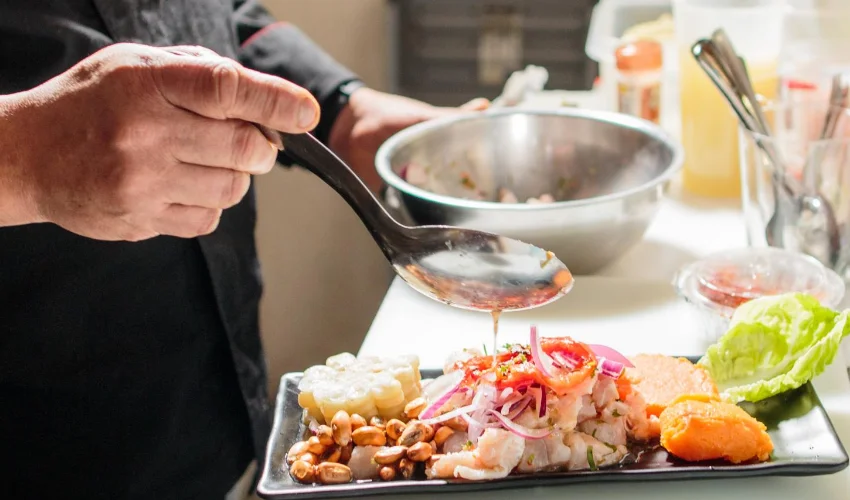Type 2 diabetes is a chronic condition characterized by high blood sugar levels that result from the body’s inability to properly use insulin. While medications and insulin therapy play a crucial role in managing diabetes, lifestyle changes, particularly in diet and exercise, are essential for long-term management and overall well-being. In this article, we will explore the importance of creating a meal plan that focuses on whole foods and portion control, providing effective strategies to manage and improve the lifestyle of individuals living with type 2 diabetes.
The Role of Diet in Type 2 Diabetes Management
Diet plays a significant role in managing type 2 diabetes as it directly affects blood sugar levels, weight management, and overall health. By adopting a meal plan that emphasizes whole foods and portion control, individuals can achieve better blood sugar control, maintain a healthy weight, and reduce the risk of complications associated with diabetes.
Understanding Whole Foods
Whole foods refer to natural, unprocessed foods that retain their nutritional integrity. They are rich in fiber, vitamins, minerals, and antioxidants, which are vital for overall health and blood sugar management. Including whole foods in your meal plan can help regulate blood sugar levels, improve insulin sensitivity, and provide essential nutrients for the body.
Examples of whole foods suitable for a diabetes-friendly meal plan include:
- Non-starchy vegetables: Spinach, kale, broccoli, cauliflower, peppers, and tomatoes.
- Lean proteins: Skinless chicken, turkey, fish, tofu, beans, and lentils.
- Healthy fats: Avocado, nuts, seeds, and olive oil.
- Whole grains: Quinoa, brown rice, whole wheat bread, and oats.
- Low-fat dairy or dairy alternatives: Greek yogurt, unsweetened almond milk, and cottage cheese.
Portion Control
Portion control is crucial for individuals with type 2 diabetes as it helps manage blood sugar levels and promotes weight management. By understanding appropriate portion sizes, you can avoid overeating and maintain a balanced diet.
Here are some tips for portion control:
- Use measuring cups and a food scale to accurately measure serving sizes.
- Visualize portion sizes using everyday objects. For instance, a serving of meat should be about the size of a deck of cards.
- Fill half of your plate with non-starchy vegetables, one quarter with lean protein, and one quarter with whole grains or starchy vegetables.
- Avoid super-sized meals and be mindful of portion sizes when dining out.
- Be aware of hidden calories and added sugars in processed foods, sauces, and dressings.
Creating an Effective Diabetes-Friendly Meal Plan
Designing a diabetes-friendly meal plan involves careful consideration of the types and quantities of foods you consume throughout the day. It should aim to regulate blood sugar levels, promote satiety, and provide balanced nutrition. Here’s a step-by-step guide to creating an effective meal plan:
Consult with a Registered Dietitian
It is highly recommended to seek guidance from a registered dietitian who specializes in diabetes management. They can provide personalized advice, considering factors such as your age, weight, activity level, and any other health conditions.
Determine Total Daily Caloric Needs
Your dietitian will help determine your total daily caloric needs based on your individual goals, such as weight loss, weight maintenance, or weight gain. This will serve as a starting point for planning your meals.
Balance Macronutrients
A well-balanced meal plan includes the right proportions of macronutrients – carbohydrates, proteins, and fats. The ideal macronutrient distribution varies depending on individual needs and preferences, but a general guideline is:
- Carbohydrates: 45-60% of total daily calories, focusing on complex carbohydrates from whole foods.
- Proteins: 15-20% of total daily calories, incorporating lean protein sources.
- Fats: 25-35% of total daily calories, with an emphasis on healthy fats from sources like avocados, nuts, and olive oil.
Distribute Meals and Snacks
Divide your daily caloric needs into multiple meals and snacks throughout the day to help maintain stable blood sugar levels. Aim for three balanced meals and 1-3 snacks, depending on your individual requirements.
Plan Meals in Advance
Plan your meals in advance to ensure you have the necessary ingredients and to minimize impulsive food choices. This will also help you maintain portion control and achieve a well-balanced diet.
Monitor and Adjust
Regularly monitor your blood sugar levels and work closely with your healthcare team to adjust your meal plan as needed. Each individual responds differently to various foods, so it’s essential to find what works best for you.
Creating a meal plan that focuses on whole foods and portion control is a crucial step in managing and improving the lifestyle of individuals living with type 2 diabetes. By incorporating whole foods, practicing portion control, and designing a well-balanced meal plan, individuals can regulate blood sugar levels, maintain a healthy weight, and reduce the risk of complications. Remember to consult with a registered dietitian for personalized guidance and make adjustments based on your individual needs. With dedication and proper planning, you can empower yourself to lead a healthier and more fulfilling life while living with type 2 diabetes.




